Blood Culture Collection Training
Learn the proper techniques for blood culture collection to prevent contamination and ensure accurate patient results.
Learn the proper techniques for blood culture collection to prevent contamination and ensure accurate patient results.
Consider this scenario: A patient presents with fever. Blood cultures are drawn following standard procedure and come back positive. Treatment with vancomycin begins immediately.
Three days later, the culture is identified as a contaminant—skin flora that never entered the bloodstream.
The impact is significant. Contaminated cultures lead to unnecessary treatment, extended hospital stays, and increased healthcare costs.
Now that you understand why this matters, let's dive into the technique. We're going to walk through eight critical steps together—and here's what might surprise you: Step one actually starts before you even touch the patient. Patient identification isn't just checking a wristband—it's your first line of defense in the entire process.
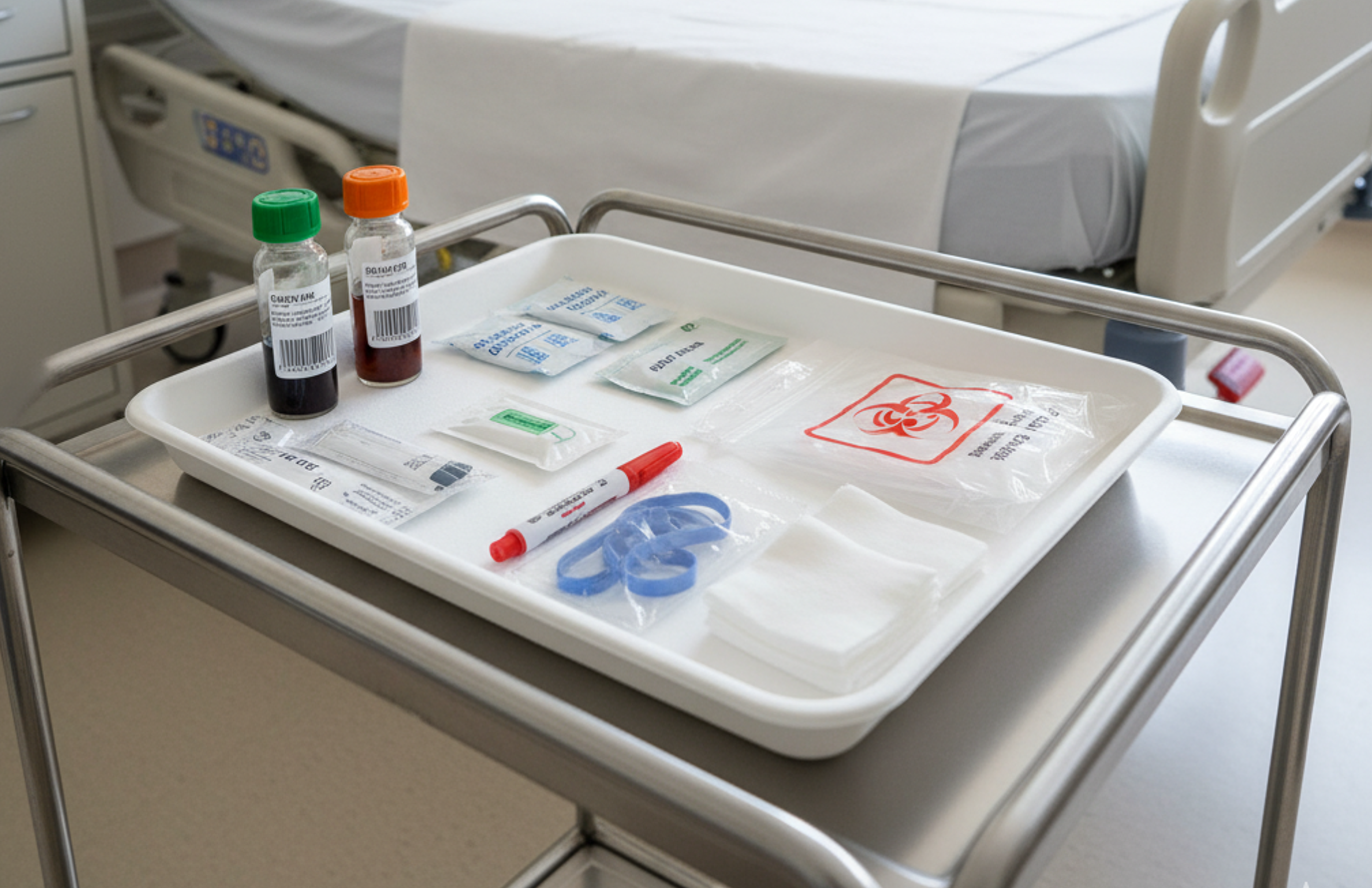
Proper hand hygiene is critical for preventing blood culture contamination. Your hands carry normal skin flora including Staphylococcus epidermidis, Corynebacterium, and Propionibacterium species, which are common contaminants in blood cultures.
Site selection is an art and a science. Think of yourself as a prospector looking for gold—you want that pristine, uncontaminated blood supply.
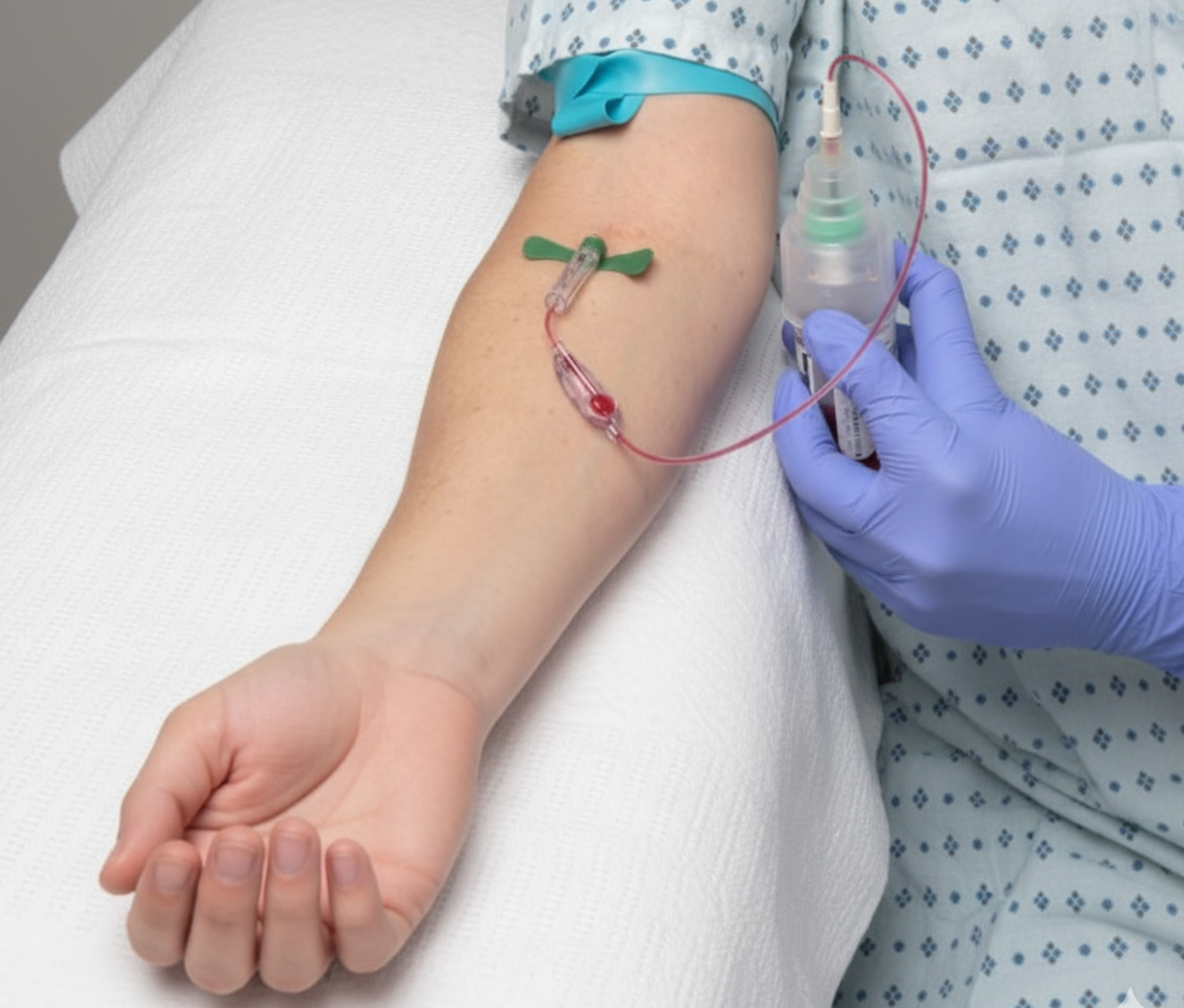
This is where the magic happens—or where it all falls apart. Most facilities use chlorhexidine gluconate with alcohol. This step requires patience and precision.
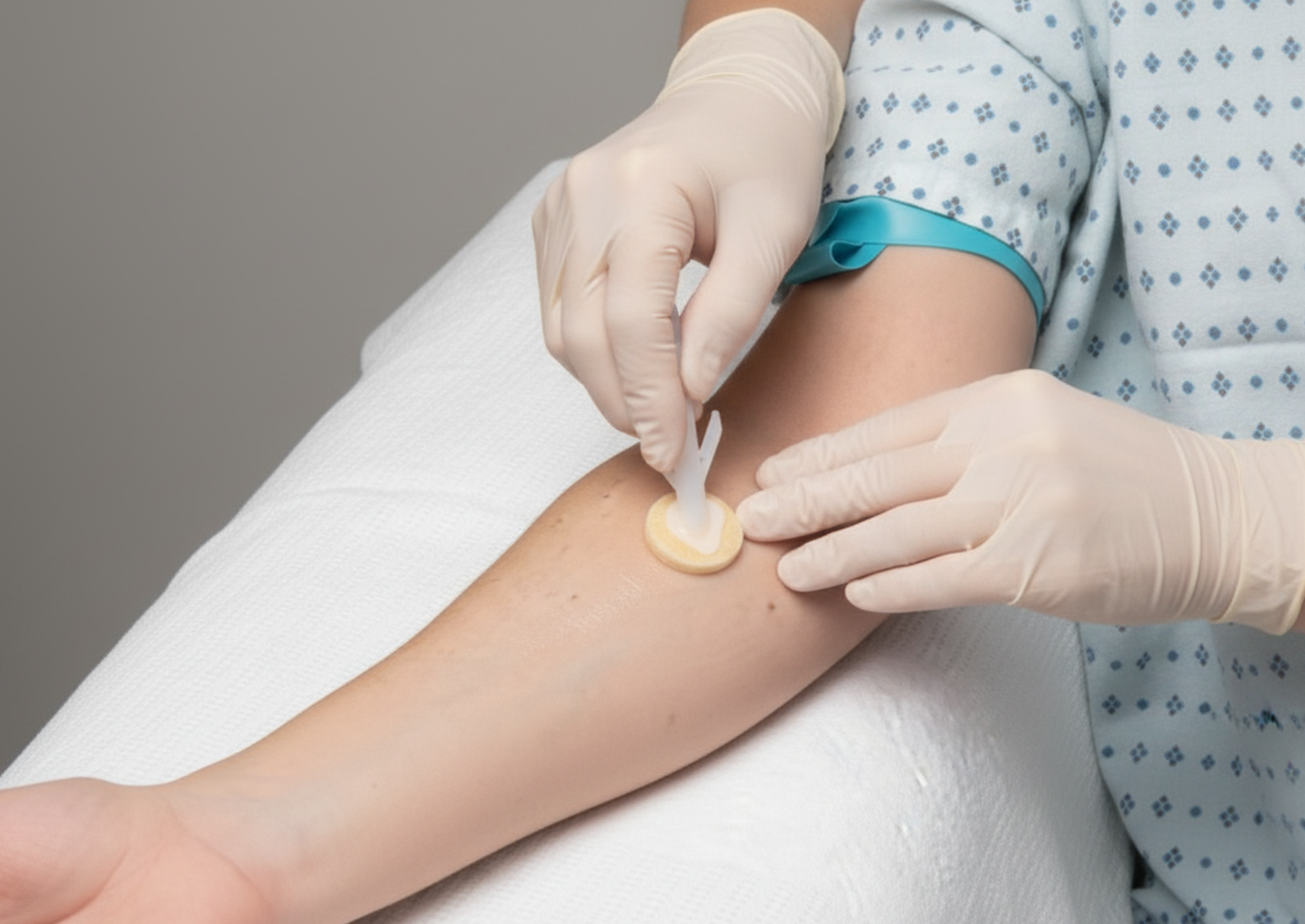
While your antiseptic is drying on the patient's skin, use this time efficiently to prepare your culture bottles. This is a critical contamination checkpoint that is often underestimated. Blood culture bottle tops are not sterile—they have been stored in supply rooms, handled by multiple staff members, and exposed to environmental contamination. Research shows that inadequately disinfected bottle tops are a significant source of false-positive cultures.
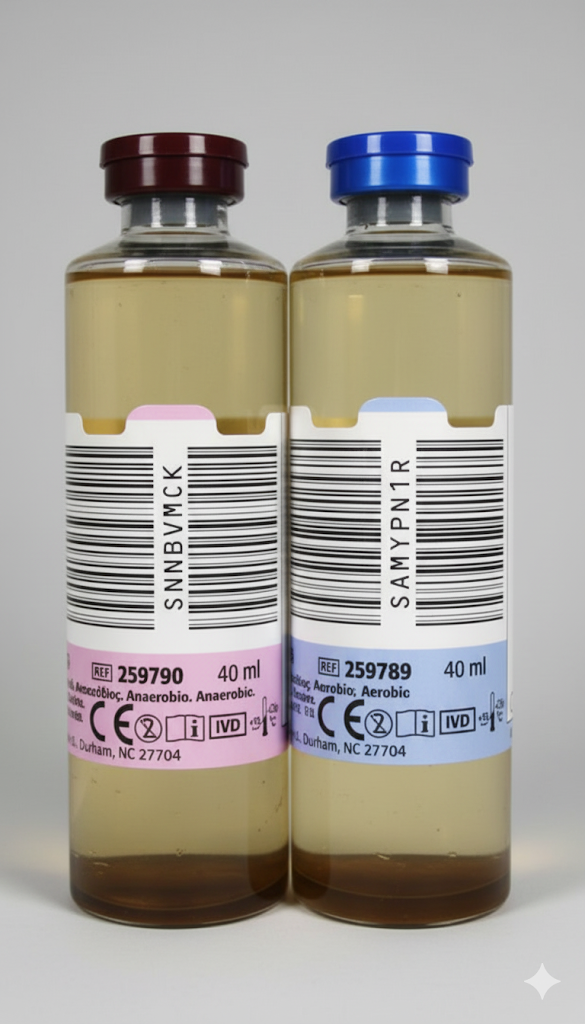
Perform venipuncture using sterile technique. Do NOT palpate after prepping—this recontaminates the site. Reapply tourniquet without touching the prepared area. Insert needle at 15-30° angle, bevel up. Fill the AEROBIC bottle first to prevent air introduction into the anaerobic bottle. Fill bottles to appropriate volume of 8-10 mL per bottle for adults.
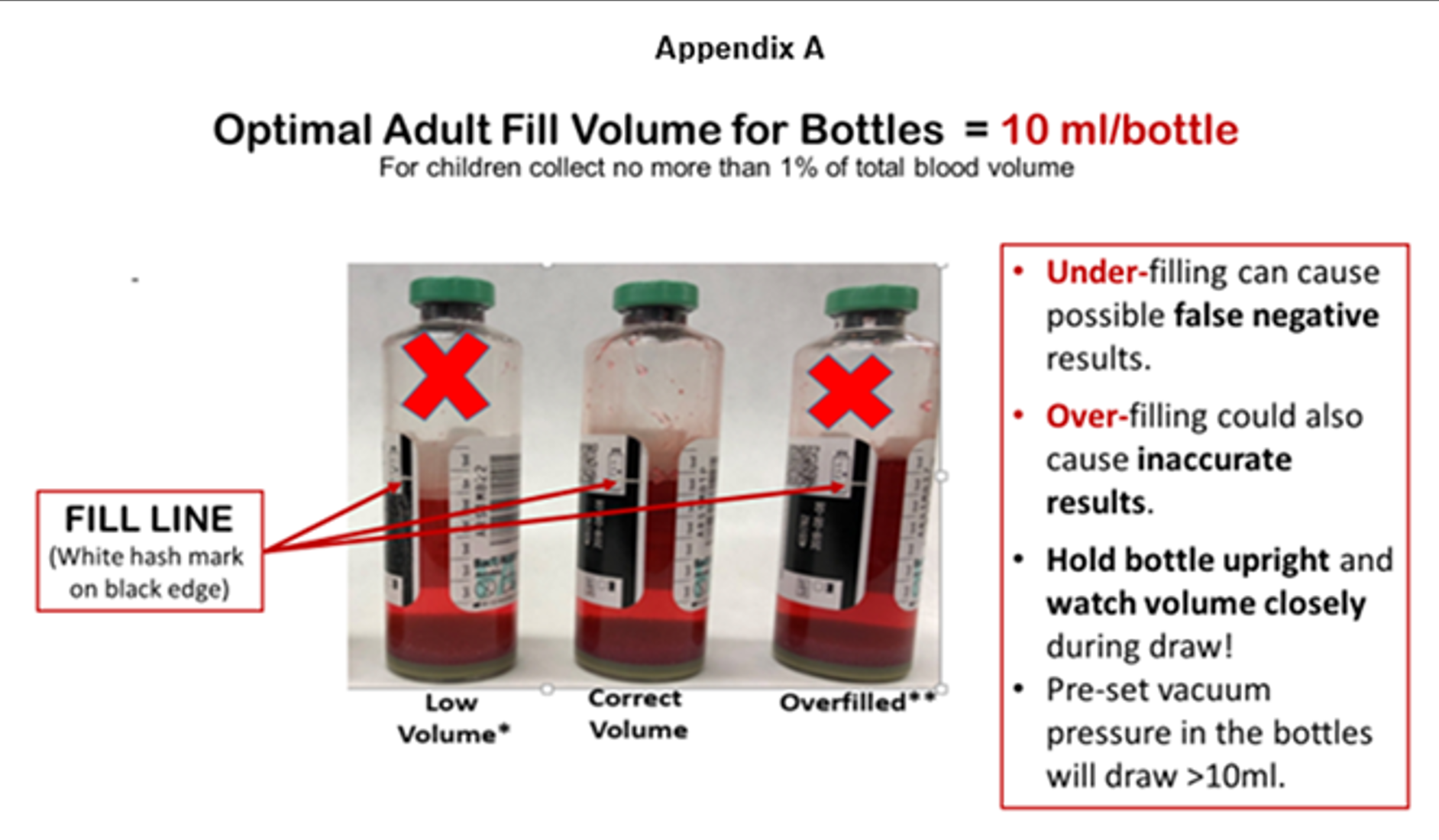
Now that you've performed the venipuncture, let's discuss something absolutely critical. Our facility mandates the Kurin Lock system for every single blood culture draw. This is not optional. This is not a suggestion. This is required hospital policy for all blood culture collections, without exception.
The initial flash of blood contains the highest concentration of skin contaminants—Staphylococcus epidermidis, Corynebacterium species, Propionibacterium acnes—all the surface bacteria that cause false-positive cultures. This flash is mechanically pushed into the specimen by the needle itself, carrying skin flora directly from the puncture site. Traditional blood culture collection has no mechanism to address this problem.
After collection, your job isn't done. Sample handling can make or break everything you've worked for. Documentation and timing are critical.
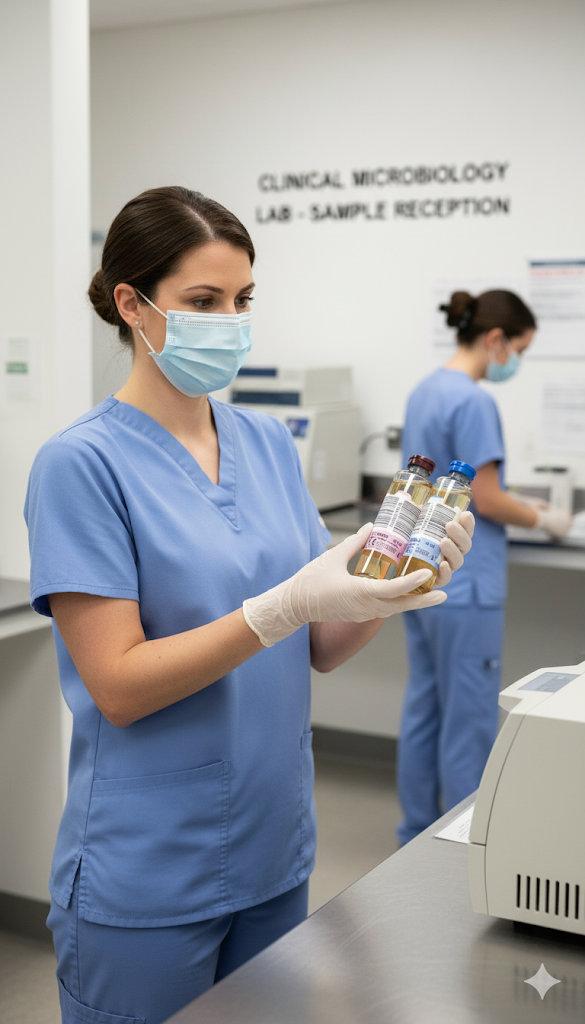
Every blood culture you draw is an opportunity to perfect your technique. The best nurses track their own contamination rates and continuously improve.
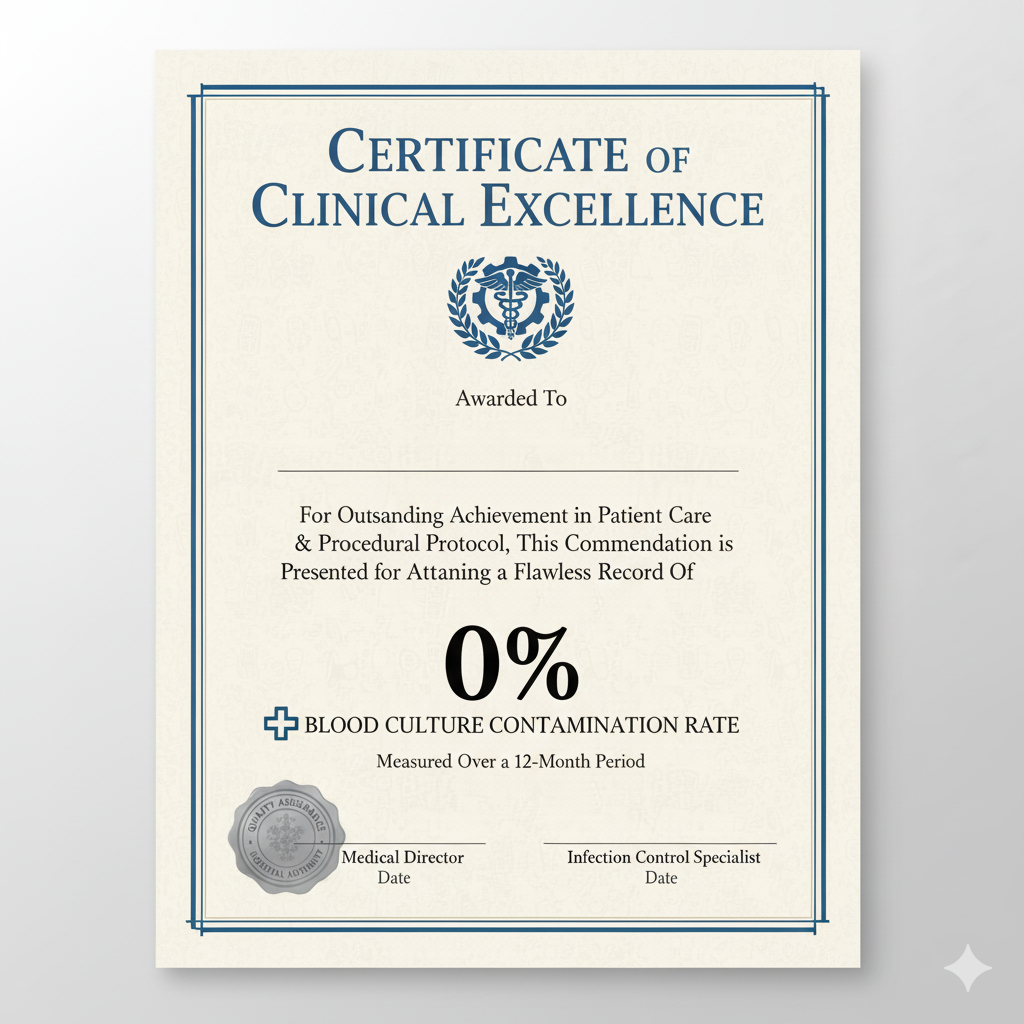
Congratulations on completing the blood culture collection training! Now let's explore advanced Kurin technology solutions that help reduce contamination and improve collection efficiency.
Test your knowledge of blood culture collection. Answer all 10 questions to complete your training. Each question covers key concepts from the training modules.
Please enter your name to start the quiz.
Your name and score will be recorded for certification.